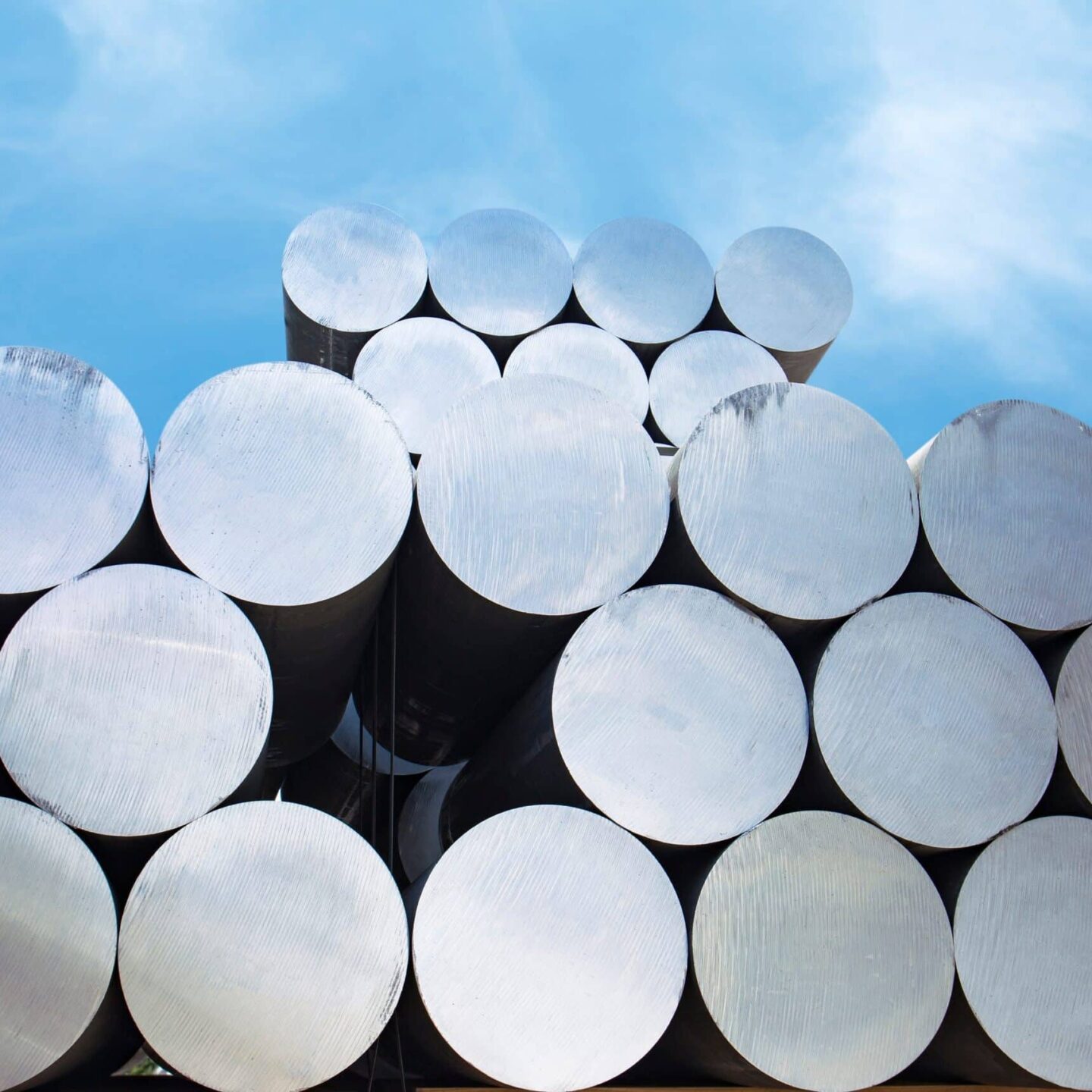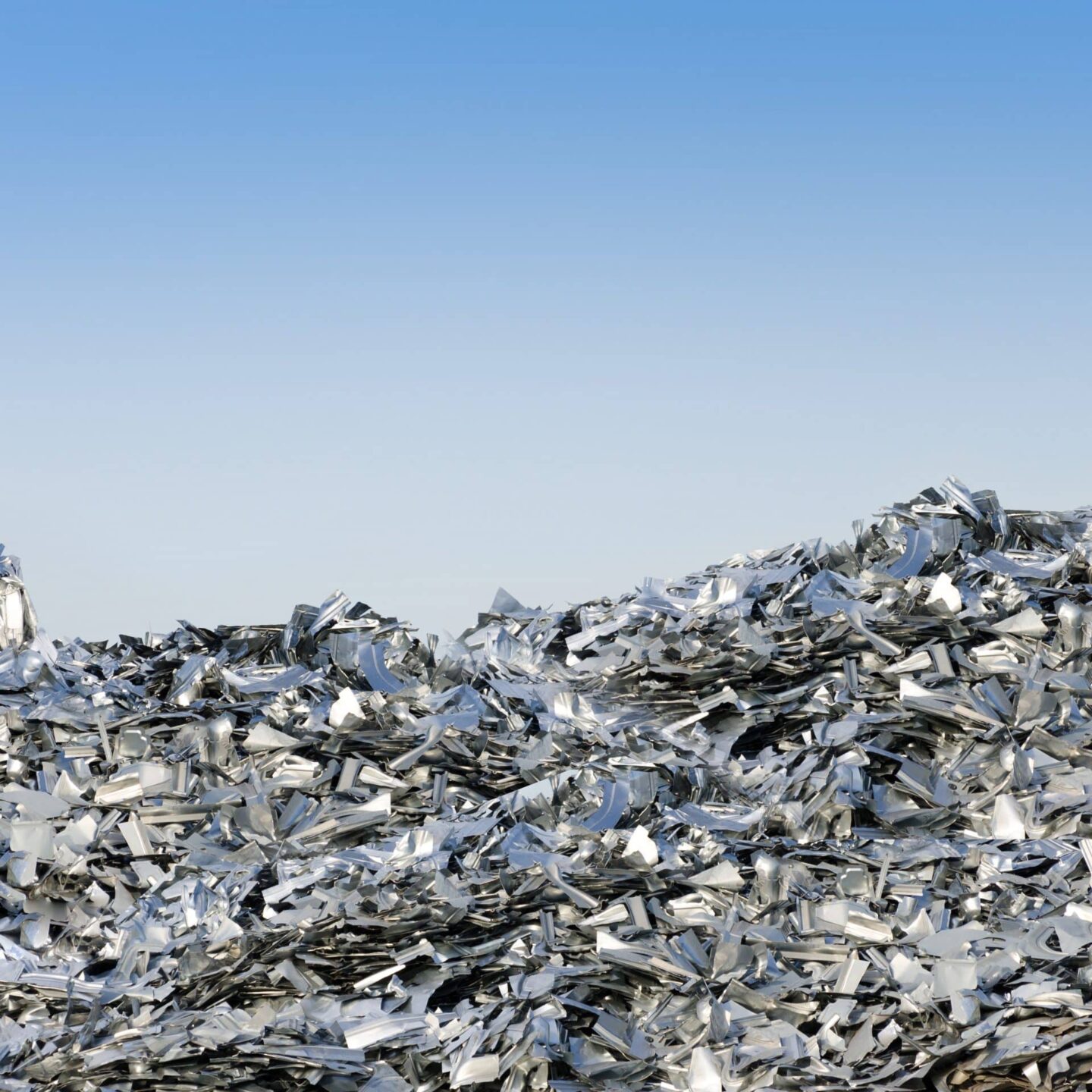Intro
Often Scope 3 emissions are more challenging to account for as they are outside of the operational reach of companies and can encompass emissions associated with activities across a complex supply chain. This factsheet aims to summarise key outcomes from IAI’s Scope 3 Guidance, providing a standardised framework for calculating greenhouse gas emissions across the primary aluminium value chain. The guidance prioritises 5 Scope 3 categories which were identified as most material through a comprehensive assessment of quantitative and qualitative factors. It is based on GHG Protocol’s Corporate Value Chain (Scope 3) Accounting and Reporting Standard and includes the following value chain integrations: bauxite mining, alumina production, anode production, electrolysis, and casting/semi fabrication.
IMPORTANCE OF MEASURING SCOPE 3 EMISSIONS
Measuring Scope 3 emissions can benefit businesses, their customers and stakeholders in many ways such as:
- Comprehensive understanding of carbon footprint – communicate a complete emissions footprint with stakeholders.
- Risk management – identify where the emission hotspots are across their value chain to prioritise reduction strategies.
- Informed decision-making around procurement/sourcing – by identifying inefficiencies in the value chain, companies can reduce emissions.
- Alignment with global standards – measuring emissions helps align with science-based targets or frameworks, ensuring credibility and compliance.
KEY CATEGORIES:
These five categories have the highest contribution towards Scope 3 emissions in the aluminium sector and are therefore crucial to reporting.
Category 1: Purchased goods and services
This category consists of 2 main parts. These include:
1. Purchased goods to run the operation
2. Purchased refining services by subcontracting
Category 3: Fuel- and energy related activities (not included in scope 1 or scope 2)
This category is for the extraction, production and transportation of fuels/electricity purchased and consumed by your organisation including transmission and distribution losses. This also applies even if your organisation has a captive power plant.
Category 4: Upstream Transportation and Distribution
This category is for transportation of goods and services by third party (not owned by your organisation) and when your organisation pays for the transportation. The category also includes transportation of materials between your organisation’s own sites.
Category 9: Downstream Transportation and Distribution
This category is for transportation and distribution of intermediate products sold by your organisation using third party (not owned by your organisation) transport and when the customer pays for the transportation.
Category 10: Processing of sold products
This category evaluates emissions from processing of sold intermediate goods by third parties (your organisation’s customers). The emissions for this category include the scope 1 and 2 of your immediate downstream value chain partners.
SECONDARY CATEGORIES:
These four categories may apply to your business but are likely to have a significantly smaller contribution towards total Scope 3 emissions. An assessment of individual circumstances should be undertaken to ascertain their materiality.
Category 2: Capital Goods
Scope 3 emissions from capital goods for the aluminium value chain are expected to fluctuate from year to year and therefore when reporting this category, it is imperative to indicate exceptional or non-recurring capital investments.
Category 5: Waste generated in operations
In this category, only emissions from waste treatment facilities owned or operated by third parties are to be included.
Category 6: Business travel
This category is for emissions from business related transportation and accommodation of employees by third party organisations.
Category 7: Employee commuting
The category covers emissions from employee commuting between their residential home and worksite.
EXCLUSIONS
Categories 8, 11, 12, 13, 14 and 15 were deemed inapplicable based on the activities and structural organisation of the aluminium industry sector.
CHALLENGES OF MEASURING SCOPE 3 EMISSIONS
Measuring and reporting Scope 3 emissions may pose challenges due to their sources lying beyond a company’s operational reach. Some of the challenges include:
- Data availability or quality – good quality primary data across value chains is often lacking, especially among smaller businesses. In some instances, default values (e.g. regional or global averages) could be substituted where specific data is not available and can provide conservative estimates until suitable data/resourcing is possible.
- Evolving/inconsistent disclosure standards – suppliers may use varying methodologies for calculating emissions, leading to inconsistent data. Some suppliers may be able to provide data aligned with widely accepted definitions or standards to aid consistency.
- Stakeholder engagement – obtaining Scope 3 data requires cooperation from stakeholders across the value chain. Engaging with the full value chain will enable more effective discussions on emissions as well as other issues and lead to cooperation on shared goals.
- Complex supply chains – comprehensive data collection is challenging with complex and global supply chains, leading to potential data gaps. Mapping supply chains is becoming increasingly important in supporting credible sustainability claims and traceable products.
- Double-counting or emissions attribution challenges – because Scope 3 emissions may overlap across value chains, there is a risk of double-counting or misallocating emissions. Engagement with stakeholders across the value chain will be critical in ensuring alignment.
- Resource constraints or measurement challenges – estimating emissions across diverse sources is resource-intensive. In some instances, default values (e.g. regional or global averages) could be substituted where specific data is not available and can provide conservative estimates until suitable data/resourcing is possible.





